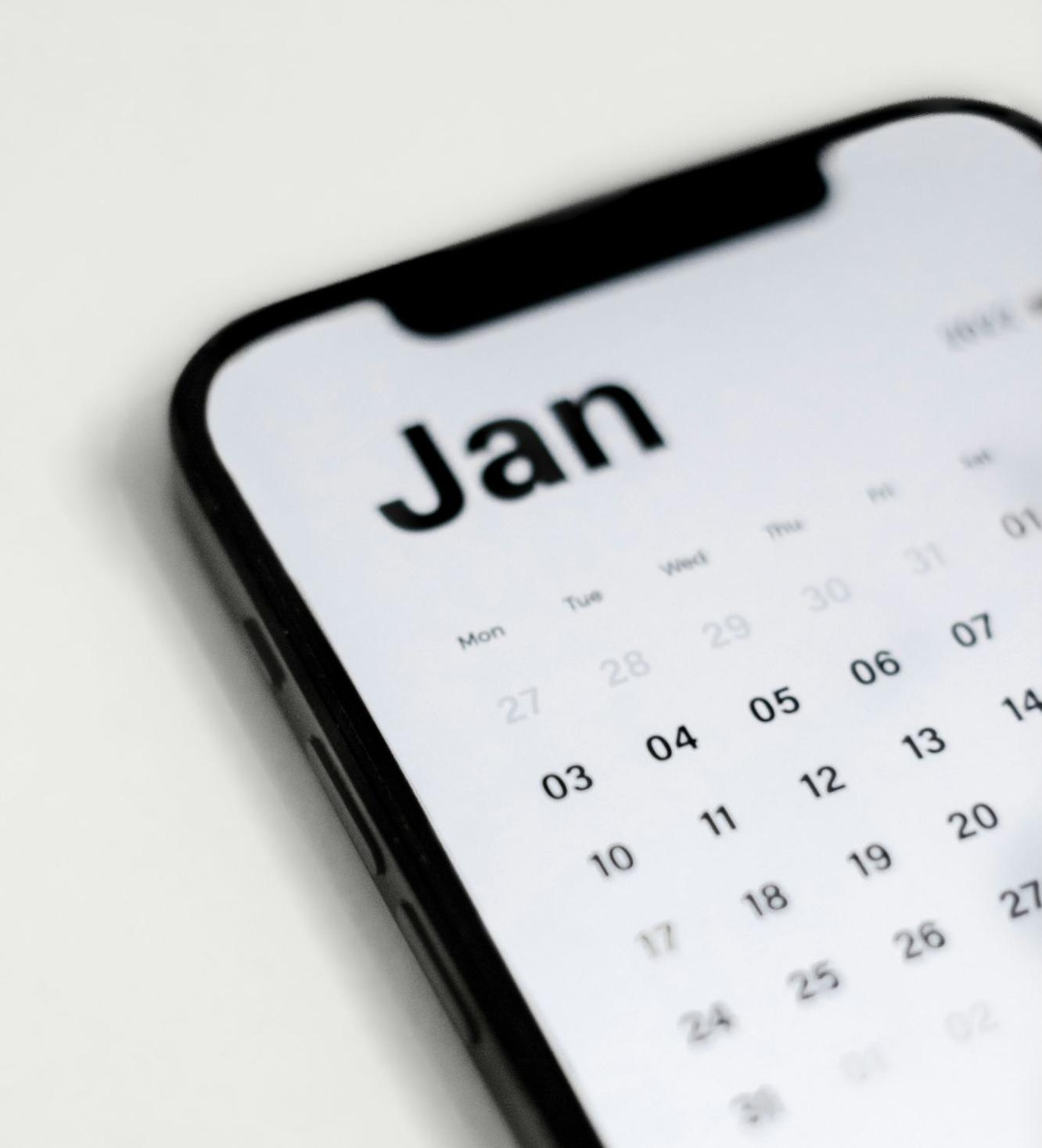Picture this: You’re browsing Google for some shoes when you spot a pair you love in an ad. One click and you’re whisked to the brand’s shop. Then… you see the price. STICKER SHOCK. “I can live without them,” you say aloud, convincing yourself (and your wallet) out of a clear impulse buy.
A few days later, while Instagram scrolling, there they are—the shoes that got away, back again in an entirely different place. It must be fate! You need these shoes, so you head back to the website and complete the purchase.
Sound familiar? We’ve all been taunted by repeat ads from our window shopping and we’ve all probably fallen victim to the algorithm shoving that impulse buy back in our faces when we least expect it. It may be annoying, but that’s effective marketing in the digital age.
It’s not complicated: companies use paid search and paid social campaigns together to drive their users to the point of purchase. It’s a tactical effort that involves target audiences across multiple channels and takes two main forms—the first of which is retargeting.
And “retargeting” is…?
Facebook retargeting campaigns allow you to reconnect with users who have already interacted with your brand in some way. But here’s the rub: you can hook your consumers from ANYWHERE. Much like our example above, fictional you interacted with the brand through a Google search, but thanks to the brand’s retargeting campaign on Facebook, you did exactly what they paid money for—you came back.
That’s what retargeting is all about. We know how to keep your brand top of mind and nurturing familiarity within your users’ minds.
This is also why brand consistency is so important. When your audience is seeing your ads across multiple channels (retargeting or otherwise), it might be confusing if you have wildly different imagery, messaging or offerings.
Since most people don’t search for a product or service with a specific brand in mind, retargeting campaigns bring users back to your business after the initial interaction familiarizes themselves with it.
But what happens if I see the paid social ad first…?
Great question. It’s not quite “retargeting,” but don’t worry. We’ll get ya.
Let’s say you first find those dream shoes on a Facebook or Instagram ad. You make a mental note of it—“Gee whizz, those are some cool shoes”—but you don’t interact with it and scroll on with your poor-ass thumbs.
A few weeks later, you got paid and you wanna treat yourself with some new kicks. You search the internet for “cool shoes” and BOOM: up pops a Google Ad for a brand that looks familiar. You think you saw it on Facebook…? Who cares, you remembered it, and that’s what matters. Click, click, buy.
The ultimate goal of any paid social campaign is to spread awareness to the right people. Once you get your ads in front of them, let the messaging and creative do the work and connect emotionally (even if it doesn’t lead to a click or conversion). If you’re using the right targeting on Facebook, your ads will resonate with their brains, eyeballs and hearts, whether they interacted or not.
Now that you’ve generated brand recognition from paid social, when it comes time for the user to make a purchase or research a service on Google, they’ve already given some mental real estate to your brand. With a fully-optimized paid search campaign targeting the right keywords, your paid search ad should show among the top spots on Google, capturing that user once again—and it’ll all look like fate.
* * *
See? No fate, destiny or magic involved. Just a hard-working integrated marketing strategy. We’re big fans of those at TJA. If you want to jump start your paid media efforts, put your website under the microscope, dive into PR or anything else advertising-related, here’s our card. Give us a call sometime.




